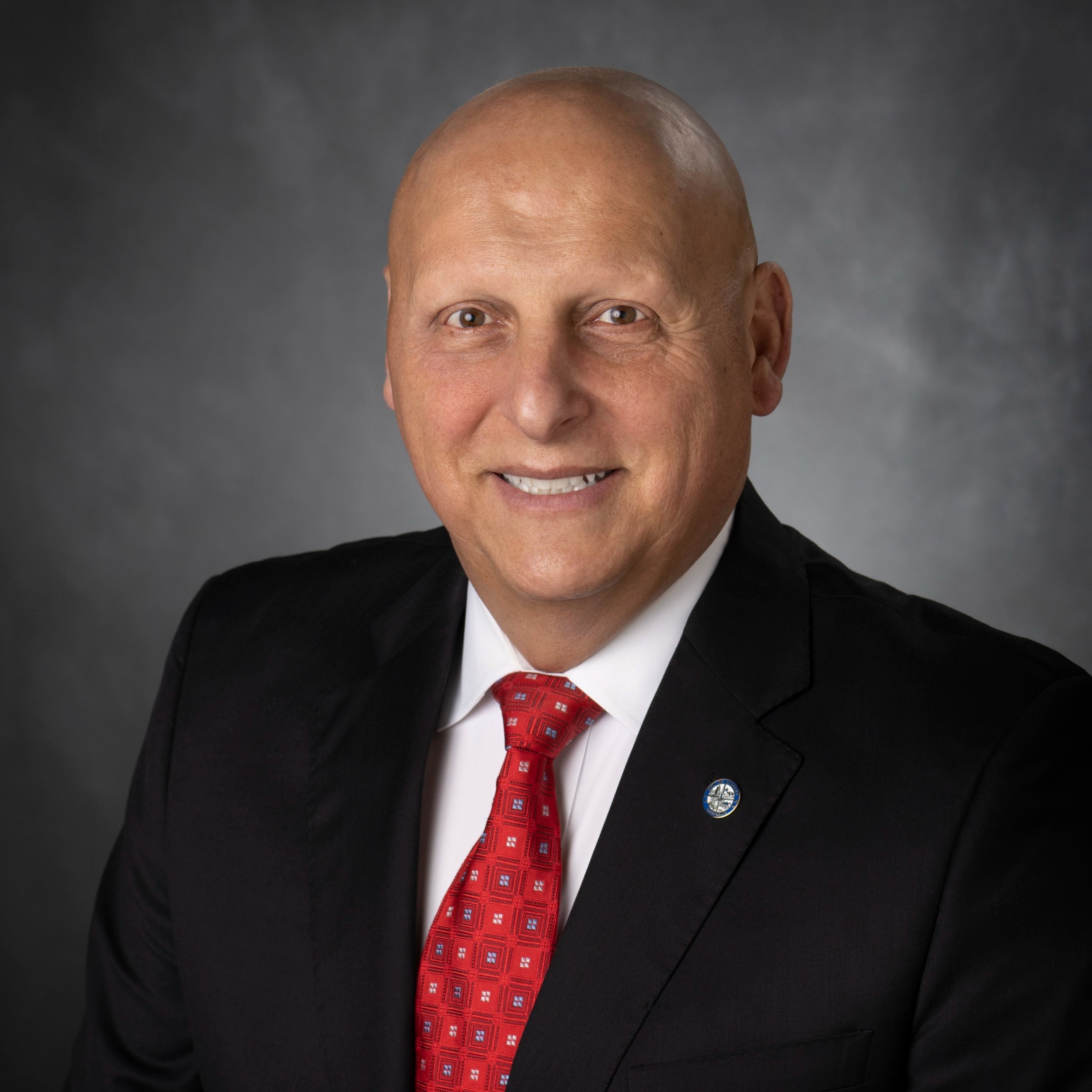ASK THE CANDIDATES
RESPONSES
Question 3 of 6:
After many years of objecting to the City’s environmental review of projects involving historic resources, TGHS filed suit in 2021 over the approval of a three-story residential project that towers over and wraps around a rare Aeroplane Craftsman home at 534 N. Kenwood. If TGHS prevails, the City would be required to prepare an Environmental Impact Report to disclose impacts of the proposed project and require mitigation or avoidance of those impacts where feasible. How do you imagine the City and residents and organizations including TGHS could better work together in the future to ensure that the city’s historic resources receive protections provided by state law?
Vrej Agajanian
No Response.
Elen Asatryan
These are one of those challenging decisions that City Council members must navigate. On one hand, I value historic preservation and believe we need to do more to protect our historic resources. On the other hand, I recognize that Glendale and the region is in a housing crisis. Without more housing, we risk making Glendale unaffordable for future residents. For example, if it wasn’t for the apartments built in the 1980s in South Glendale, then the City would not have been a gateway for immigrant families like mine to settle in a safe place like Glendale and have an opportunity to save money to later own a home, realizing the American Dream. That kind of opportunity for upward mobility in our City is not nearly as available today. Unfortunately, the consequence of some of those apartment buildings was the destruction of many historic homes. It’s important to preserve what is left of the historic homes that remain, so we can ensure we can see the many layers of history as you walk through our neighborhoods. I believe that diversity of history is what makes cities interesting places to be. Glendale has a responsibility in guiding development in a way that is respectful to the surrounding character and preserves these important layers.
One way of doing that is to be transparent with developers as early as possible before a lot of money is placed in preparing plans. Getting the input of residents early on is important to provide guidance on development that would incorporate the appropriate setbacks and materials that can complement adjacent historic resources.
Finally, and most importantly, we need to make sure we conduct proper community outreach and education to our diverse communities. The current one size fits all approach and checkbox system leaves out residents with different ethnic and socioeconomic backgrounds.
Dan Brotman
I came to Council through a grassroots effort to stop the City from building a large gas plant. I experienced firsthand how staff often dismisses the legitimate concerns of residents, even when they offer expertise that could help arrive at a better outcome. There is unfortunately a culture of circling the wagons and treating the public as an obstacle to be overcome rather than resource to be valued. This often manifests in officious and off-putting responses to community input. I am committed to ending the us vs. them mentality that too often gets in the way of productive issue resolution.
Specific to protecting historic resources, I will only say that Council needs to press staff to follow CEQA requirements, even when that extends the entitlement process. If there are different interpretations of the law, we should err on the side of caution and preservation. In the end, Council can always make a determination of overriding concerns to proceed with a project that causes impacts to historic resources.
Anita Quinonez Gabrielian
Outreach and education to the community and tenacity to secure the available support from the California State Office of Historic Preservation and available funding from federal sources such as Certified Local Government Programs to continue to achieve stronger preservation goals.
Jordan Henry
My concern is that the type of issue discussed here will be replicated throughout the city with SB-9 and especially SB-10, should it be implemented in Glendale. On Council, I will actively seek the community’s input in order to best assess what neighbors and community members goals are prior to approval of any development. EIRs will become a necessary and routine part of working in Glendale moving forward, because I hope to see many more additional historic districts.
As a rule, I will always oppose high-rise development adjacent to single-family residential neighborhoods, except in situations where the community actively desires such development. I believe the best community planning comes from the community itself.
Karen Kwak
Houses built in Glendale in the 1920s were owned by white supremacists—by definition, because they were the only people who were allowed to own and occupy houses in Glendale at that time. Many of them were attracted to Glendale specifically because it was “100% Caucasian.” That fact is of greater historical significance to me than the unique design details that any particular house might feature. I would say the same when viewing an antebellum house in the South: The unique qualities of a planation house built in 1820s Georgia would be far less significant to me than what the people who lived in that house did to the people who did not live in that house. Another example might be, if a woman slapped my mother in the face, I would not notice what kind of designer gown she was wearing. We need to consider whose history is being preserved and why. As history major Mr. Ardy Kassakhian said of the Grayson Power Plant, “Why are we fetishizing monuments to fossil fuels?”
The city of Boston manages to build gleaming glass towers next to 300-year-old churches; there is no reason why preserving meaningful history needs to conflict with progress. In fact, seeing the juxtaposition of the new next to the historic gives Boston its unique character. Although EIRs are generally not objectionable, they have the effect of slowing down construction of much-needed housing, and I would prefer to resolve any differences between TGHS and the City without resorting to lawsuits.
Ara Najarian
I choose not to answer this question in that its premise is related to ongoing litigation involving the TGHS and the city.
Isabel Valencia-Tevanyan
In my opinion, we should have representation from Glendale at the state level meetings that oversee these items and agendas related to historic preservations.







